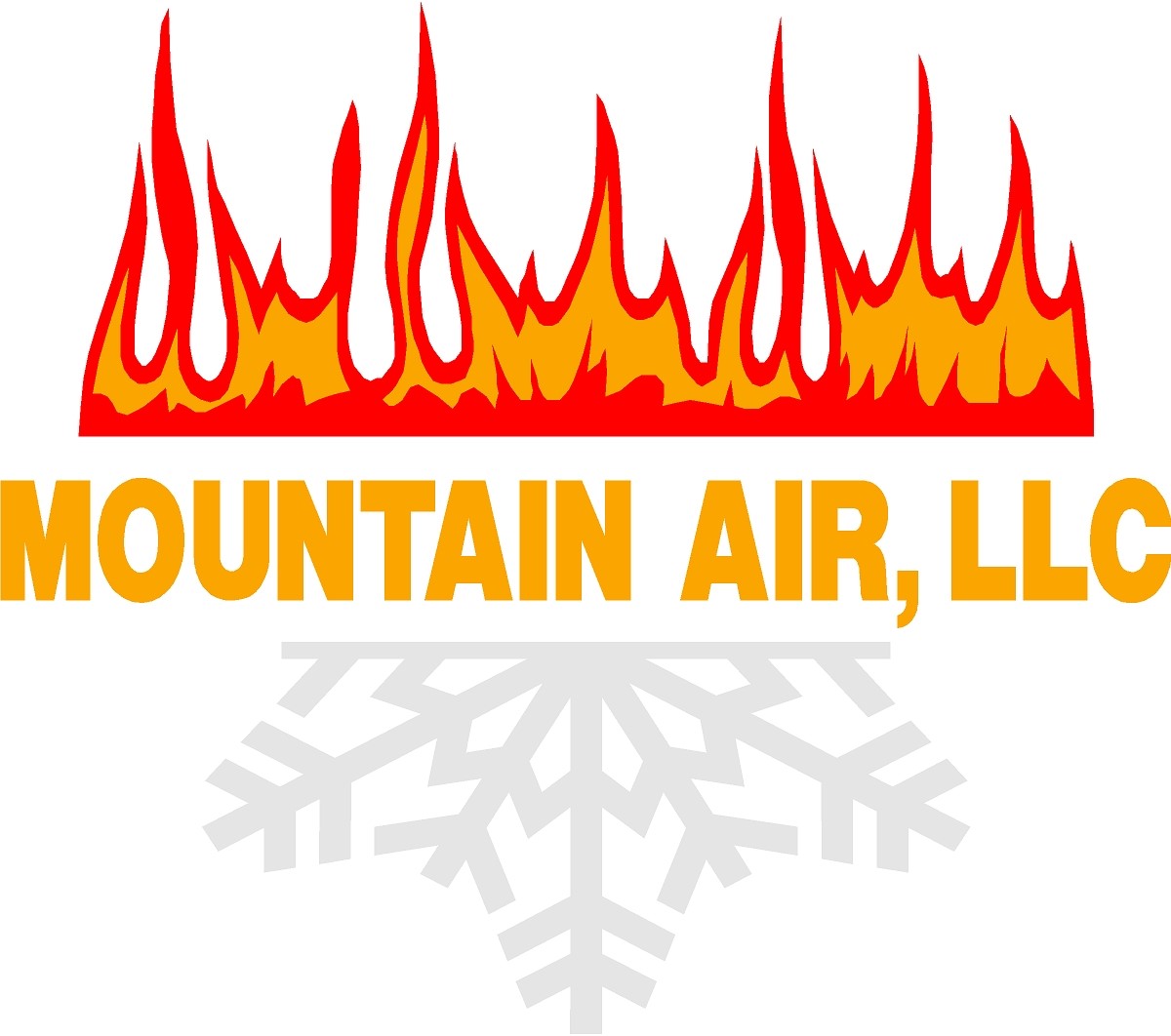
A furnace is often a background player in your home, keeping you warm across the cold winter months. It frequently isn't noticed until a malfunction appears.
One root cause might be that your furnace has a cracked heat exchanger. It can potentially be hazardous, so it’s worthwhile to learn the symptoms of a cracked heat exchanger and what you should do if you believe that is the problem.
What Is a Heat Exchanger in a Furnace?
A heat exchanger transfers heat from the combustion chamber in your furnace to the air that circulates inside the air ducts. It generally handles this using coils or tubes that warm the air while serving as a barrier to keep gas produced in the combustion chamber, called flue gasses, from escaping out into your home.
Is a Cracked Heat Exchanger Dangerous?
Because of its key role, it shouldn't come as a surprise that a broken heat exchanger can be very dangerous. Cracks in the heat exchanger can allow dangerous gasses – such as carbon monoxide, which can be lethal – to flow across your home.
For that reason, don't ever run your furnace if you believe it has a cracked heat exchanger, as this could make your entire household sick. Reach out to an HVAC professional immediately if you believe your heater has a cracked heat exchanger that should be repaired.
Four Signs of a Cracked Heat Exchanger:
- Furnace shuts off: A crack in your heat exchanger could cause your furnace to turn off.
- Unusual Smells: If the air leaving your furnace has a strong chemical smell, it may be evidence gasses are slipping through cracks in your heat exchanger. These gasses, which may smell like formaldehyde, are a major warning sign.
- Carbon monoxide alarm initiates or you notice health problems: If a cracked heat exchanger is releasing carbon monoxide inside your home, your carbon monoxide alarm could go off or family members may struggle with signs of carbon monoxide poisoning. Complications include headaches, dizziness, weakness, nausea, vomiting or feeling tired. If your alarm goes off or you feel sick, exit the home immediately and then call for help.
- Soot: If you see black sooty buildup around the exterior of your furnace, it’s more evidence something might be seriously wrong.
What You Should Do if the Furnace Heat Exchanger is Cracked
If you suspect your furnace has a cracked heat exchanger, contact a professional with extensive experience in furnace installation Morgantown right away so they can take a look at your system and, if required, perform a furnace heat exchanger replacement. Costs often vary depending on the situation, but estimates run in the neighborhood of $1,000 to $3,000.
Estimates aside, the good news is that heat exchangers are regularly included in the warranty. You’ll want to confirm the warranty paperwork on your furnace, as while the warranty won't always cover the entire cost of repairs, it can significantly shrink your bill.
How to Avoid a Cracked Heat Exchanger in Your Home
One of the easiest ways to minimize the risk of problems in your furnace overall is through consistent furnace maintenance. Furnaces provide the best possible return on investment when they work efficiently. Hiring a certified professional to examine your furnace for worn-out parts, clogged filters and other potential problems can keep you from getting a big bill later on.
It’s also helpful to take a look at your furnace filters every few months – it’s encouraged some filters be swapped out every 90 days or sooner if they are dirty or grimy. While the filters are not part of the heat exchanger itself, the strain of drawing air through a clogged filter makes the entire furnace work longer to accomplish its job. And the harder your furnace works, the more deterioration components like the heat exchanger will sustain.
